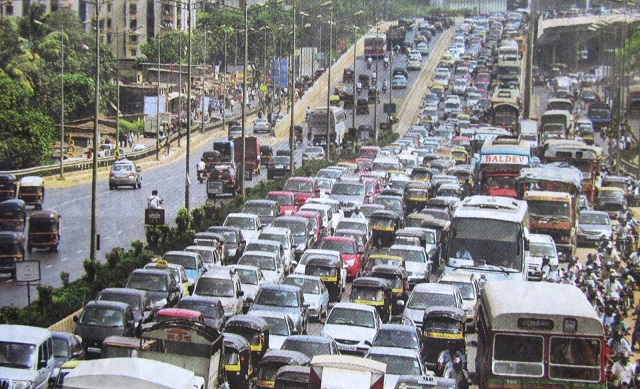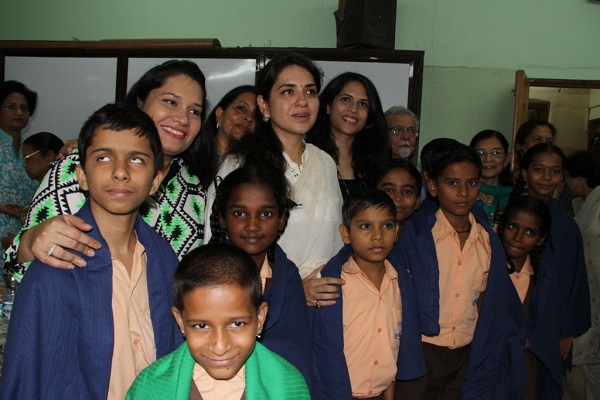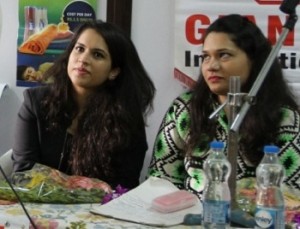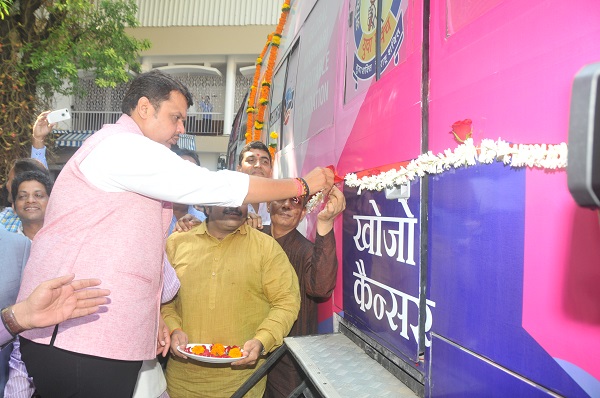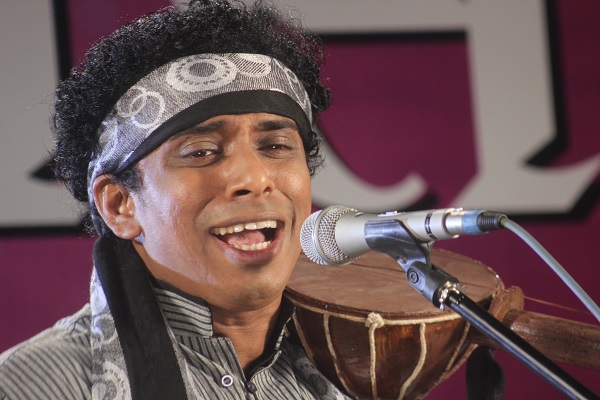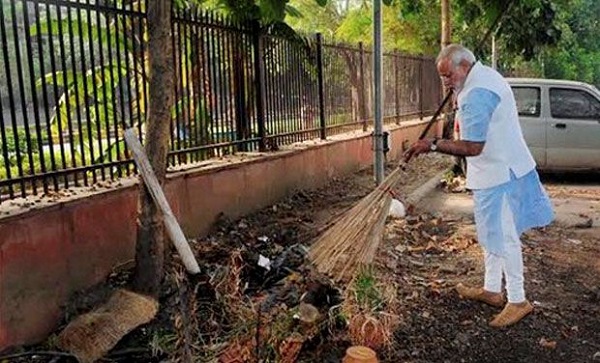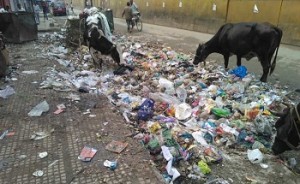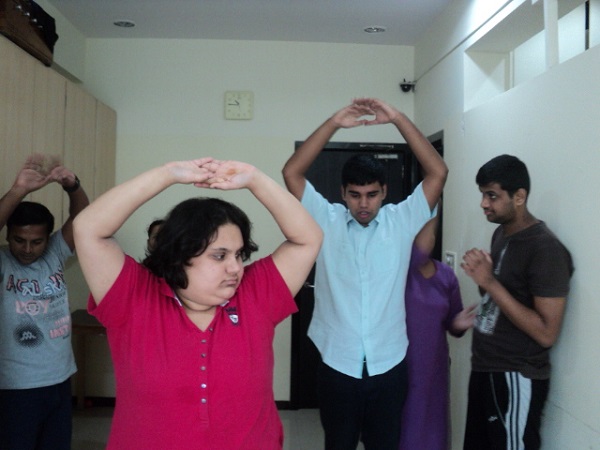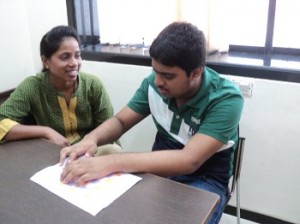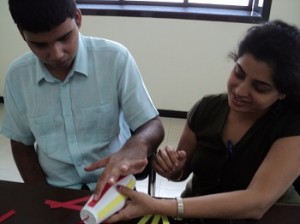Experts deliberate on ways and means to cut down the vehicles on Mumbai choc-a-block roads, improve air quality, waste management.
by TERI News Features
Mumbai is rapidly choking on its own smoke-filled outdoor air. And unless ways are devised to improve the quality of urban infrastructure and incentivise public transport, the rising numbers of private vehicles are going to make a living hell out of the city.
The Energy and Resources Institute (TERI) recently organised a regional dialogue titled, ‘Sustainable Urban Transport and Solid Waste Management in Mumbai’. The dialogue was organised in the run up to TERI’s annual flagship event, the Delhi Sustainable Development Summit (DSDS), which will be held in New Delhi from February 5 to 7, 2015. A series of Regional Dialogues were organized in the run-up to the Summit, which come in the wake of the new Government’s two major announcements — 100 Smart Cities for India and Swachh Bharat Abhiyan.
At the third and the last dialogue in Mumbai, top experts deliberated on ways to tackle the ever-increasing traffic-related problems here and also how waste management can be streamlined. Mumbai and the metropolitan region around it has been growing seamlessly, with its total population expected to touch 44 million in 2052 even as the resources to service the burgeoning masses remain more or less stagnant. The city is experiencing major traffic problems even though public transit represents more than 60 per cent of the motorised transport model share. With one of the highest per capita incomes in the country, Mumbai has seen an unprecedented increase in the number of personal vehicles.
Speaking at the event, Shri Prakash, Distinguished Fellow, TERI, said: “Although the rail-based transport system consisting of suburban rail and newly introduced metro and monorail would cater to the major transport needs of the city, provisions of adequate facilities for growth of non-motorised transport are also very essential for accessible and sustainable transport system.” Added UPS Madan, Metropolitan Commissioner, Mumbai Metropolitan Region Development Authority, “We are looking at smart ticketing, smart cards that can be used for all modes of public transport system. A 100 to 200-km network in the next eight to 10 years should have a positive impact on Mumbai city’s infrastructure.”
“It is not only about setting up transport systems but also about improving road connectivity and accessibility, which are extremely critical,” said Abhay Mishra, CEO, Mumbai Metro One Pvt Ltd.
 While discussing waste management, experts said the city generates about 10,000 MT of municipal solid waste and more than 2700 MLD of sewage per day. Managing and processing this huge amount of waste is a huge challenge faced by urban local bodies. Even in small peripheral cities of Mumbai, MSW collection and treatment is a huge task. Dr Suneel Pandey, Associate Director, Green Growth and Resource Efficiency, TERI, said: “It’s time to look at an integrated waste management framework to not only treat and dispose the waste, but also, in the process of doing so, recover resources like energy, nutrients and water not only to close the loop of material use, reduce use of harmful chemicals but also improve financial viability of waste processing options.”
While discussing waste management, experts said the city generates about 10,000 MT of municipal solid waste and more than 2700 MLD of sewage per day. Managing and processing this huge amount of waste is a huge challenge faced by urban local bodies. Even in small peripheral cities of Mumbai, MSW collection and treatment is a huge task. Dr Suneel Pandey, Associate Director, Green Growth and Resource Efficiency, TERI, said: “It’s time to look at an integrated waste management framework to not only treat and dispose the waste, but also, in the process of doing so, recover resources like energy, nutrients and water not only to close the loop of material use, reduce use of harmful chemicals but also improve financial viability of waste processing options.”
“Decentralisation, biomechanisation, and waste management at the household level are the need of the hour. Today, waste processing, co-processing are some of the technologies which can treat waste efficiently. There is a need to introduce curriculum in universities that will teach people to run and operate the technology systems. This is currently lacking,” he added.
“Each individual generates waste and today there is no understanding of waste management. The need of the hour is to first study how, where and what waste is being generated. This will let us decide how we can best manage waste in the country. Then develop the right technology for the specific waste. Bad and inadequate waste management is responsible for the spread of dengue,” said Dr Amiya Kumar Sahu, President and Founder, National Solid Waste Association of India.
